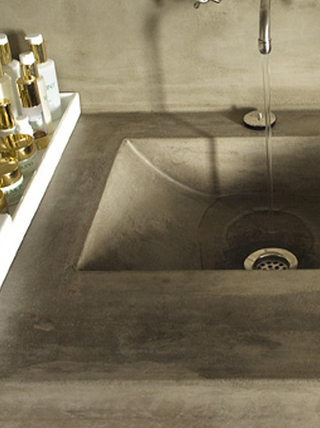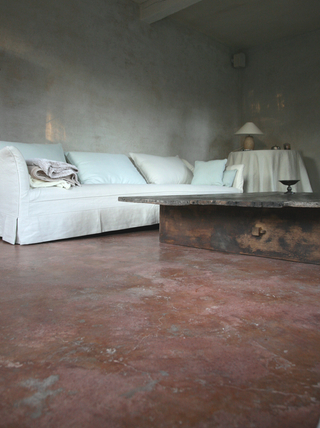
Lime, once hardened, can bring sufficient strength to allow the construction of traditional masonry, even if it is complex and high as a cathedral.
Lime has another property that makes it unique compared to similar materials: its flexibility. A lime mortar can absorb certain strains in the wall constructions. This thanks to its elasticity, but also because of its slow reaction (carbonation), which can sometimes last several years or even centuries. This allows the mortar the ability to repair itself.
This slow reaction also ensures that there will be almost no appearance of cracks due to shrinkage. The advantages following out of this property are for example that masonries with lime mortars have no need of dilatation joints, or that there is no need for additional reinforcement meshes in plaster applications.
After the first reaction (hydraulic) we already obtained a mortar which is sufficiently hardened and waterproof (but still permeable to water vapour). So this is a misunderstanding when someone pretends that lime has the property to wash off a wall.
That lime has a mechanical strength in a building is undeniable, as evidenced in recent studies in areas subject to earthquakes. It was found that all constructions including concrete elements and finishes in cement had suffered much more than buildings erected mainly with lime. The vibrations from quakes were absorbed thanks to the flexibility of lime.











